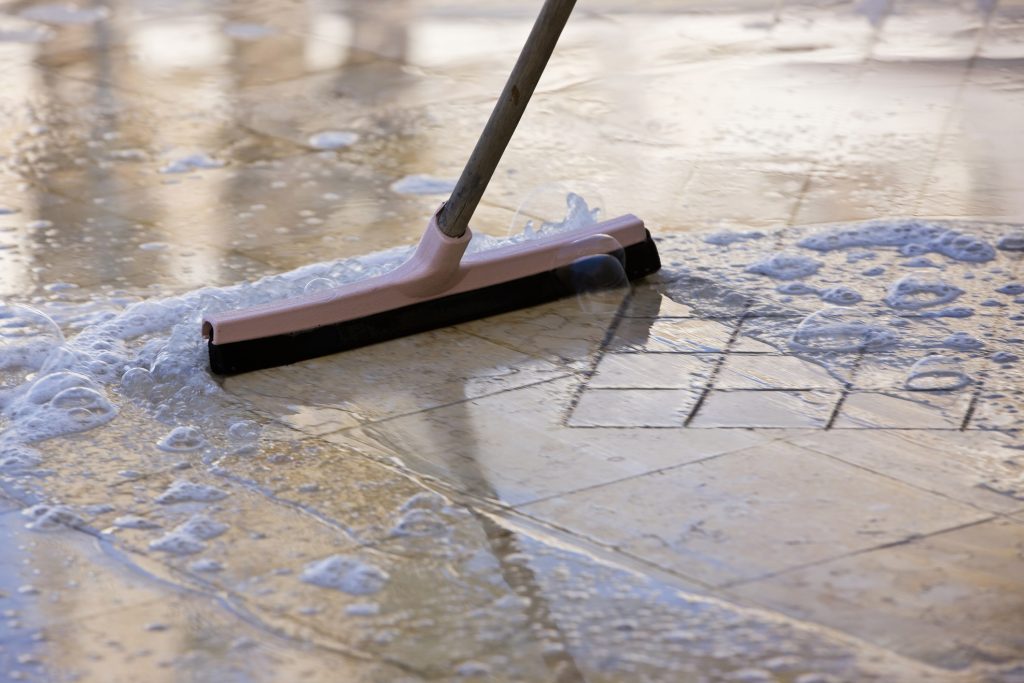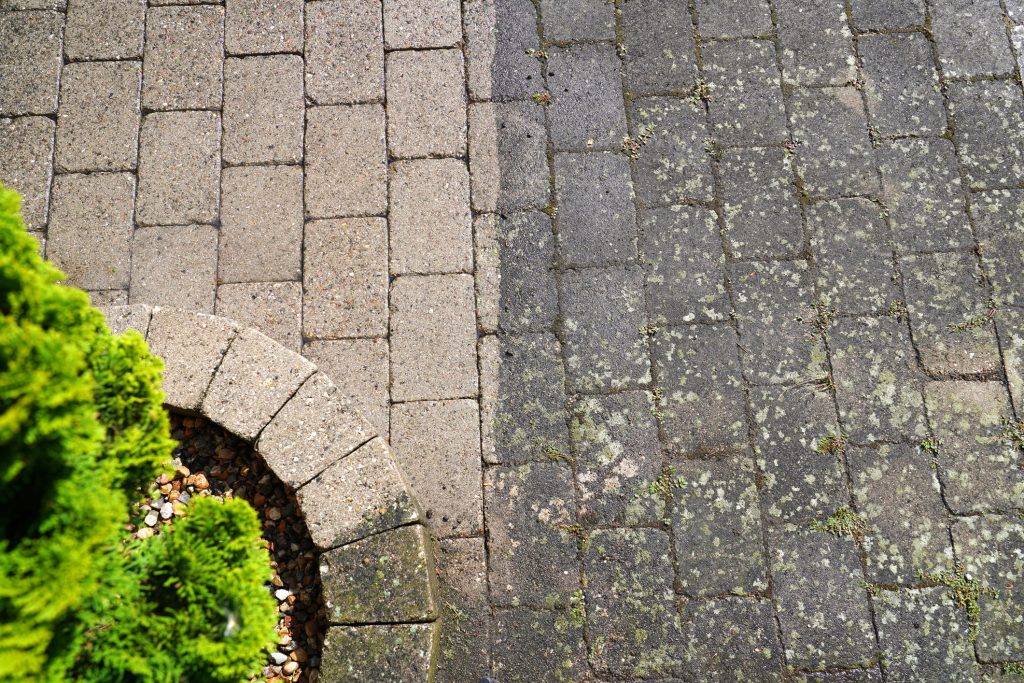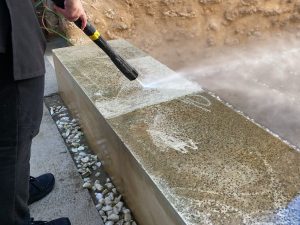In most cases, yes – cleaning stone on a listed building does require listed building consent. While it might seem like a cosmetic job, stone cleaning can alter the character, appearance or condition of historic fabric. For that reason, it is treated as a form of alteration and falls under the planning rules that protect listed structures.
Whether you’re planning to remove algae, pollution or old paint from your building’s stonework, it’s essential to check with your local authority first. Starting work without consent can lead to enforcement action, fines, and long-term complications with future planning applications. It’s always better to get the right permissions in place before any work begins. Contact The Yorkshire Lime Company now for more information.

Why Is Listed Building Consent Needed For Stone Cleaning?
Cleaning can permanently change how a building looks. In some cases, it may also expose, damage, or alter the underlying stone fabric. Because listed buildings are protected for their architectural and historic value, even minor changes must be approved by your local conservation officer.
Here’s why consent is usually required:
- Cleaning can remove surface patina or historic finishes that contribute to a building’s character.
- The wrong method may damage soft or weathered stone, causing long-term deterioration.
- Cleaning might reveal past repairs or hidden damage, leading to further alterations.
- Consent ensures the right method is chosen, based on test panels and conservation-led investigation.
- It protects the significance of the building, making sure its historical value is not lost.
In short, listed building consent gives your local authority oversight to make sure your building is treated appropriately. It also gives you a clear framework to carry out the work legally and safely. At The Yorkshire Lime Company, we’re experts when it comes to preserving your listed building in Yorkshire with a range of professional services – including stone cleaning. Contact us now to find out more.
Is Cleaning Required?
Not every listed building needs to be cleaned. In some cases, dirt, patina or staining are considered part of the building’s character. Cleaning simply to change the appearance is not always appropriate – and might not be supported by planning authorities.
However, there are cases where cleaning is necessary. If pollution is causing stone to degrade, if algae is trapping moisture, or if past paint treatments are failing, cleaning becomes a form of preventative masonry conservation. In these instances, consent is usually granted when the method is safe and justified.
Your reason for cleaning is key. Authorities are more likely to support the work if it protects the building fabric, reveals significant detail, or helps prepare for sensitive repair. A cosmetic refresh alone may not be considered a valid reason for intervention.
Pre-Cleaning Investigation
Before applying for consent or starting work, a full investigation should be carried out. This helps establish the condition of the stone, the type of soiling, and the potential risks associated with cleaning.
A condition survey will identify areas of decay, damage or incompatible previous repairs. It also helps distinguish between different types of dirt – for example, whether the blackening is surface carbon or a deeper chemical crust. These details are extremely important in choosing the right method.
Test panels are also essential. These are small sample areas cleaned using different techniques to see how the stone reacts. The conservation officer will often request these as part of the consent process, so it’s worth completing them early in the project timeline.
Cleaning Methods
The cleaning method used on a listed building must be sensitive to the stone type, surface condition and historic detailing. Aggressive or high-pressure systems are never suitable.
DOFF steam cleaning is often the preferred option. It uses superheated water delivered at low pressure to remove biological growth, dirt and loose paint without damaging the stone surface.
TORC abrasive cleaning is another conservation-approved method. It uses a swirling mix of air, water and fine granules to remove more stubborn dirt or carbon staining, while still being gentle enough for soft or decorative stone.
Both systems are used by the team at The Yorkshire Lime Company to preserve Yorkshire’s heritage buildings. The right one depends on your building’s specific materials and condition, which is why test panels and pre-assessment are so important.

How Do I Get Consent for Stone Cleaning?
The first step is to contact your local planning authority. You’ll need to submit a listed building consent application, including supporting information that explains the scope, reasons and methods of the work.
Most applications will need:
- A full written description of the proposed cleaning.
- A condition survey of the stonework.
- Test panel results showing method and outcomes.
- Details of the equipment, materials and access methods to be used.
Working with a conservation-focused contractor makes this much easier. At The Yorkshire Lime Company, we will prepare the required documents, carry out test cleans, and liaise directly with the planning officer where needed.
Listed building consent is not just a formality – it’s a vital part of protecting Yorkshire’s architectural heritage. Taking the time to do it properly ensures your building is cleaned safely, legally, and with long-term preservation in mind.
Contact The Yorkshire Lime Company Now To Book Your Stone Cleaning
If you’re planning to clean stone on a listed building, get in touch with The Yorkshire Lime Company. We specialise in heritage-safe stone cleaning across Yorkshire and work closely with conservation officers to make sure every project meets listed building consent requirements. From initial survey and test panels to final clean, we manage the process with care and professionalism.
Book a consultation today and let us help you clean and protect your stonework the right way.





